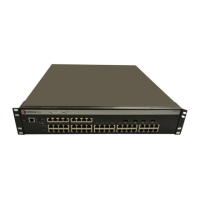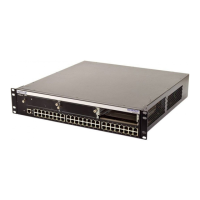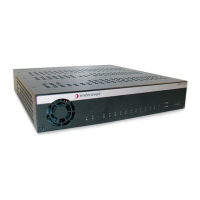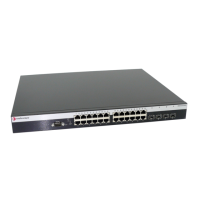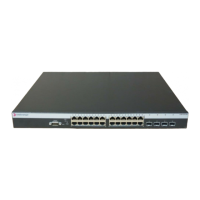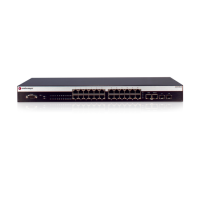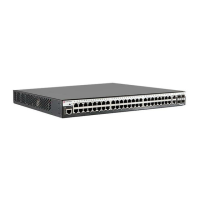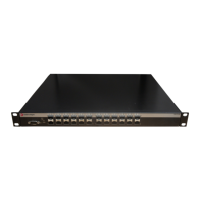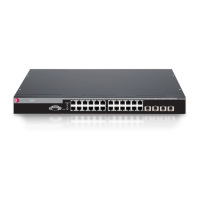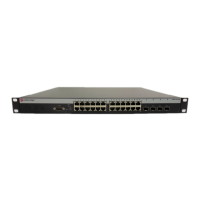Configuring the Switch
3-76
3
• Subnet Mask – A subnet mask containing four integers from 0 to 255, each
separated by a period. The mask uses 1 bits to indicate “match” and 0 bits to
indicate “ignore.” The mask is bitwise ANDed with the specified source IP address,
and compared with the address for each IP packet entering the port(s) to which this
ACL has been assigned.
Web – Specify the action (i.e., Permit or Deny). Select the address type (Any, Host,
or IP). If you select “Host,” enter a specific address. If you select “IP,” enter a subnet
address and the mask for an address range. Then click Add.
Figure 3-47. Configuring Standard IP ACLs
CLI – This example configures one permit rule for the specific address 10.1.1.21
and another rule for the address range 168.92.16.x – 168.92.31.x using a bitmask.
Console(config-std-acl)#permit host 10.1.1.21 4-114
Console(config-std-acl)#permit 168.92.16.0 255.255.240.0
Console(config-std-acl)#
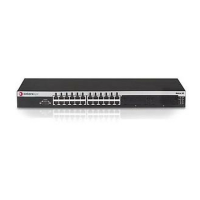
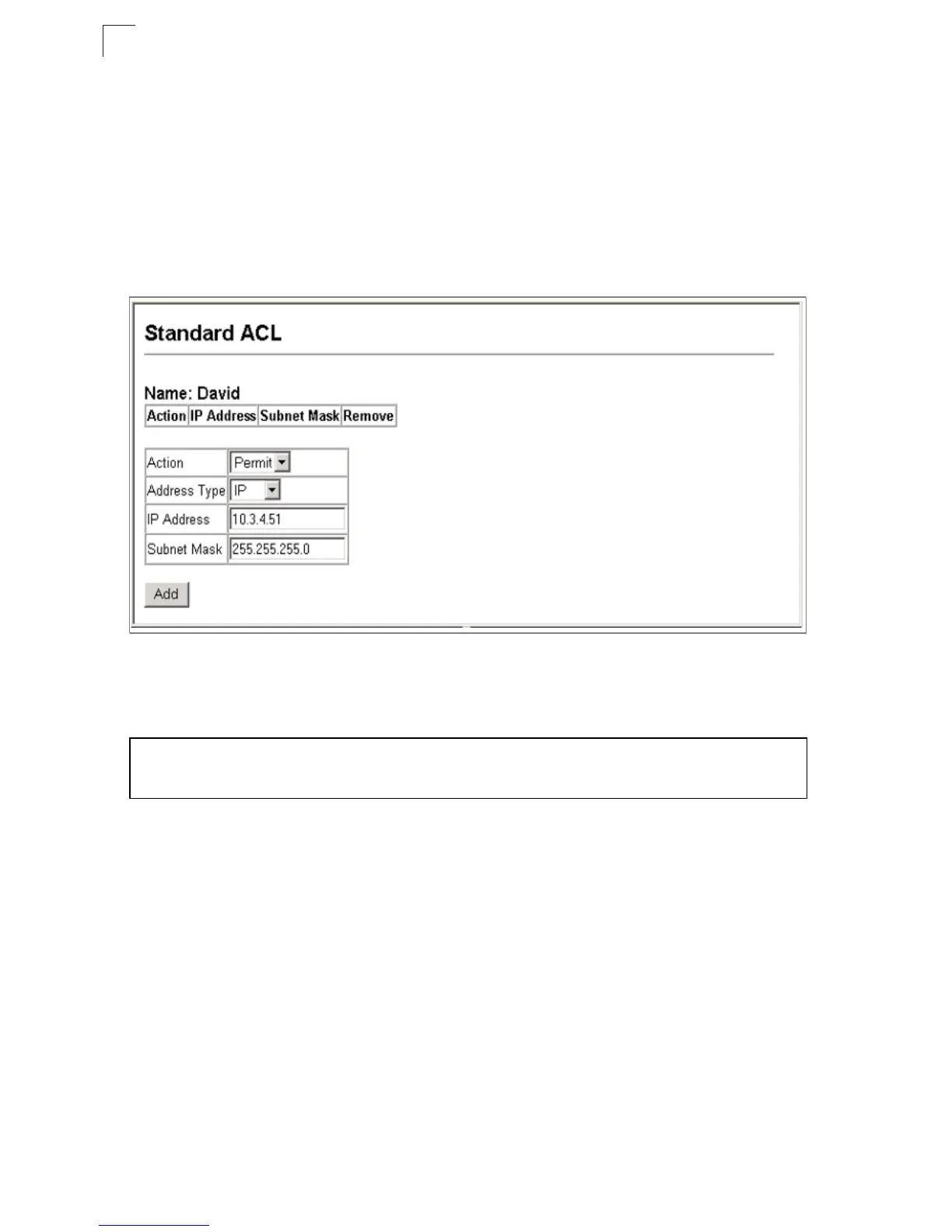